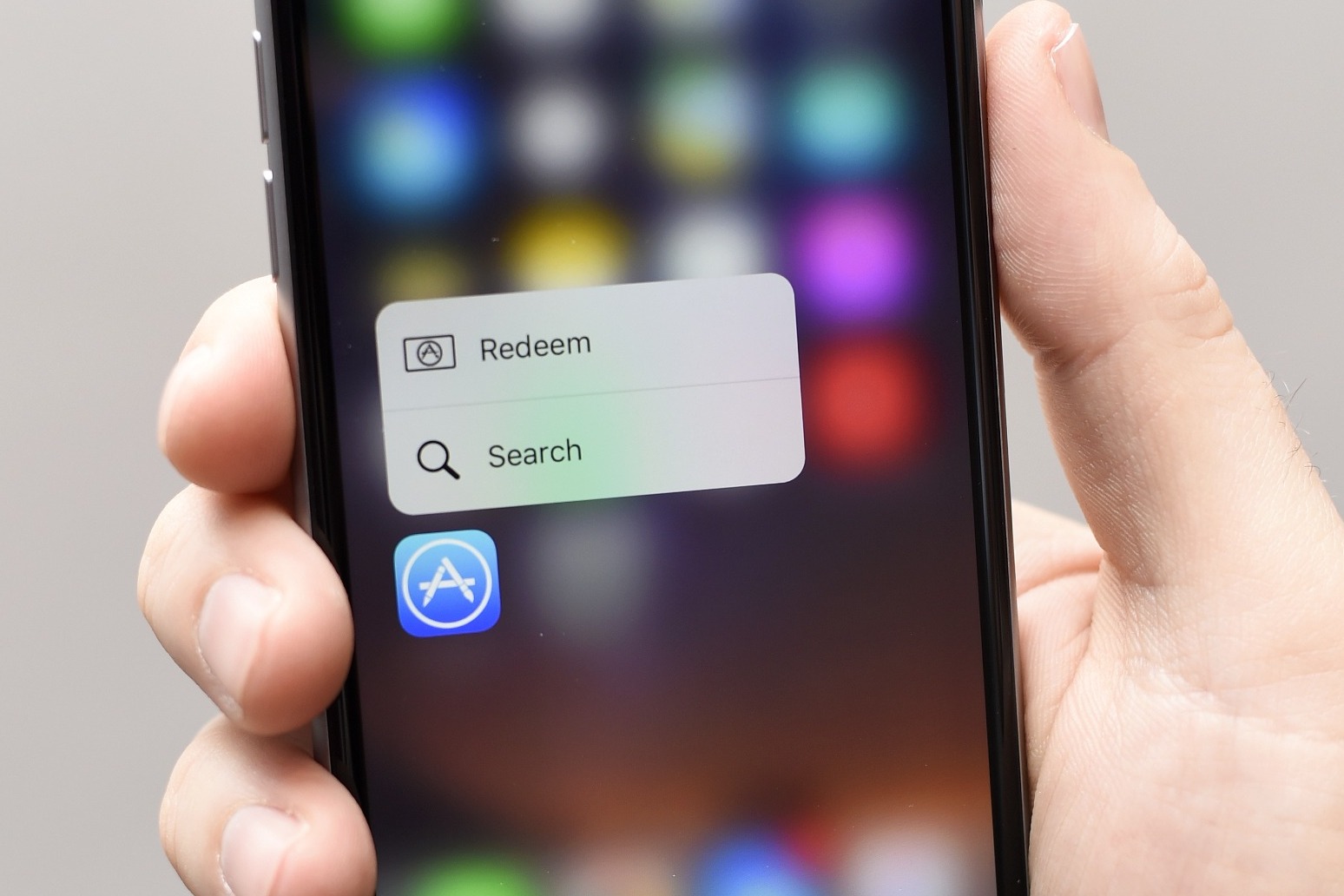
Accessibility tools a ‘core value’ for Apple, says director
Making technology more accessible for everyone is a “core value” of Apple, the company has said, revealing that the pandemic accelerated some of the work the company has been doing in the area.
Sarah Herrlinger, the tech giant’s senior director of accessibility policy and initiatives, said that by making devices more accessible for those with disabilities, Apple was ultimately making better products.
Last week, the iPhone maker unveiled a suite of new accessibility tools which are being rolled out later this year.
They include a door detection tool for those with sight problems when they visit a new location and a feature for the Apple Watch to allow it to be controlled from a connected iPhone, as well as with voice commands and other actions.
Ms Herrlinger told the PA news agency that regularly introducing accessibility tools was something the firm works to build “into everything we do”.
“We strongly believe that by doing this, we make better products, not just for individuals in the disability communities, but for everyone, so it’s important work,” she said.
“I think these tools are important. They do bring access for so many people who want to be able to live their lives independently to be able to communicate, connect and learn and work and use technology the same way everyone else does.”
She added that the pandemic “definitely” had an impact on how Apple developed new accessibility tools, and revealed how a tool initially developed to help people with sight problems know when a queue in front of them was moving, became useful in other ways.
“There were people, because of the pandemic, who suddenly realised the power of the accessibility tab within their devices and how much more they can get out of it as their life changed so dramatically,” she said.
“But even as we designed things, there were things that we did that were uniquely valuable during the timeframe of the pandemic.
“If you think of a feature like People Detection, it was actually a feature that had come up prior to the pandemic, just in the sense that one of our blind employees had talked about the fact that he struggled with knowing when the line moved, just in his daily life when he went to the grocery store.
“And then, the pandemic happened and suddenly there was this thing called social distancing.”
Ms Herrlinger said that as a result, Apple “fast-tracked the feature” and introduced it in the autumn of 2020.
She also noted that a number of other features initially designed with accessibility in mind became even more vital during lockdown restrictions which left many people isolated.
For example, making the person speaking more prominent on-screen during FaceTime video calls, particularly for those using sign language, and sound recognition tools for people with hearing issues which alert them when an appliance timer goes off or if their doorbell rings.
She said user feedback was a key part of the ongoing development of accessibility features for the company, saying it is “really important that you don’t build for someone, you build with them”.
Published: by Radio NewsHub